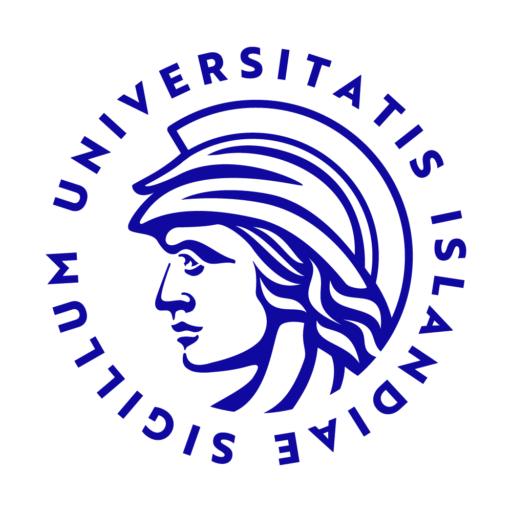Main author: Salvör Rafnsdóttir
Institution or Company: Læknadeild Háskóla Íslands
Co-Authors, Institution or Company:
Kimberley Anderson, Læknadeild Háskóla Íslands. Arnar Þór Björgvinsson, Læknadeild Háskóla Íslands. Sara Þöll Halldórsdóttir, Læknadeild Háskóla Íslands. Hilmar Örn Gunnlaugsson, Læknadeild Háskóla Íslands. Ellen Dagmar Björnsdóttir, Erfða- og sameindalæknisfræðideild Álaborgar Háskólasjúkrahús. Ólafur Þ. Magnússon, Íslensk Erfðagreining. Kári Stefánsson, Íslensk Erfðagreining. Hans Tómas Björnsson, Læknadeild Háskóla Íslands, McKusick-Nathans Erfðalæknisfræðideild Johns Hopkins Háskóla, Erfða- og sameindalæknisfræðideild Landspítala Háskólasjúkrahús.
Introduction: The diurnal temperature pattern of mice are well established. However, the systems that maintain mammalian body temperature during cold exposure are still poorly understood. Previously, forward mutagenesis strategies have discovered many systems that respond to environmental effects such as the regulatory pathway that maintains mammalian circadian rhythm. Currently, several mouse strains have been WGS and therefore their genome are available as reference making this approach more feasible.
Materials and methods: Male C57BL/6NTac were injected with ENU, a chemical that increases the number of mutations in their spermatagonia and subsequently offspring. F1 pups are bred from ENU male C57BL/6NTac and female C57BL/6NTac. F1 pups are then screened with (5°C) and without (20°C) cold exposure to identify variances from baseline in internal temperature regulation. Their internal temperature was measured intra-peritoneally in a specific rodent chamber that controls with great precision their environmental temperature and light cycle.
Results: So far we have screened over 93 F1 pups and at least 14 pups have showed temperature dysregulation phenotype. Interestingly, these phenotypes have clustered in 3 major clusters: 1) decreased or increased amplitude of temperature measurements, 2) decreased/increased basal temperature measurements, 3) dysregulation related to normal temperature fluctuation within the circadian rhythm.
Conclusions: We estimate that there may be over 100 genes play a role in temperature regulation both during and without cold exposure. On the other hand there seem to be few bigger regulatory pathways that control temperature regulations as phenotypes that show dysregulations appear to display relatively few distinct regulatory disruption clusters.

